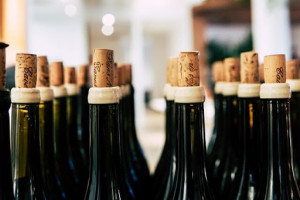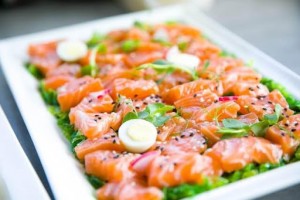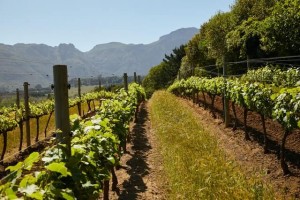All You Need to Know About Orange Wine
Red, white, and rosé are words we hear all the time when describing wine. However, orange wine is another wine term that doesn’t often get mentioned during tastings or wine discussions. Below, we dive into the world of orange wine. From what it is to how it is made, and what its characteristics are. What is Orange Wine? You are browsing the wine list at a brand new restaurant. Underneath the familiar red wines and white wines, you see an unfamiliar category – orange wine. If you have to take a second glance to make sure your eyes aren’t deceiving you then you wouldn’t be alone. Many are often surprised that this style of wine exists. After all, it doesn’t often get widely spoken about. However, it is certainly not a fad that will disappear anytime soon. It is the product of an ancient style of wine production. Orange wine, also referred to as skin contact wine, is believed to have its origins in Georgia where the wine fermentation technique used to make this wine was discovered over 8000 years ago. Winemakers used clay vessels called qvevri during the fermentation process. Using harvested white grape varietals, orange wine is vinified similarly to that of red wine resulting in a golden-hue to amber colour. While the popularity of no skin contact white wine did see this wine category left to the wayside, in the early 2000s an Italian winemaker breathed new life into this ancient winemaking technique. Since then, orange wines are being produced in numerous countries including Italy, Slovenia, Portugal, California, Greece plus many more. Understanding Skin Contact Wine: How It’s Made As part of this ancient winemaking technique, white grapes such as Pinot Grigio are crushed and then macerated with their skins for various lengths of time. This is where the name skin contact wine comes from. The maceration process could be as little as one week or as long as a year depending on the style they want to make. By allowing the white grape varietal’s skin to come into contact and ferment with the pressed juice, orange wine embodies characteristics that are common to both white and red wines. For example, the flavour of orange wine is similar to that of white wine. However, its texture and tannin levels show red wine tendencies. Once the maceration and fermentation period has finished, a winemaker may choose to age the wine for longer. However, this is often left to the preferences of the individual winemaker. Many in the wine industry are characterizing orange wine as being part of the ‘natural wine’ movement. While not all orange wine will fall under this umbrella term, there are many that can be considered as natural due to the fact that: Its high levels of tannin can allow for less additional additives Orange wines can often be unfiltered These wines can be produced on biodynamic vineyards using traditional winemaking methods Now that you understand how these skin-contact wines are made, let’s discuss the …










